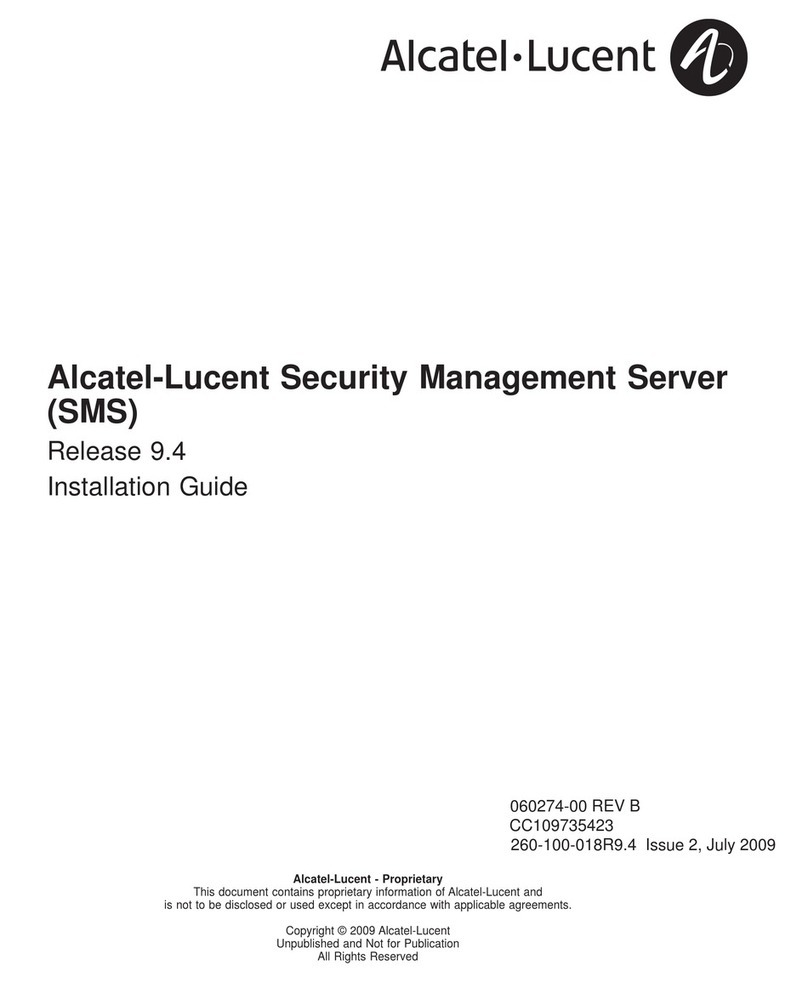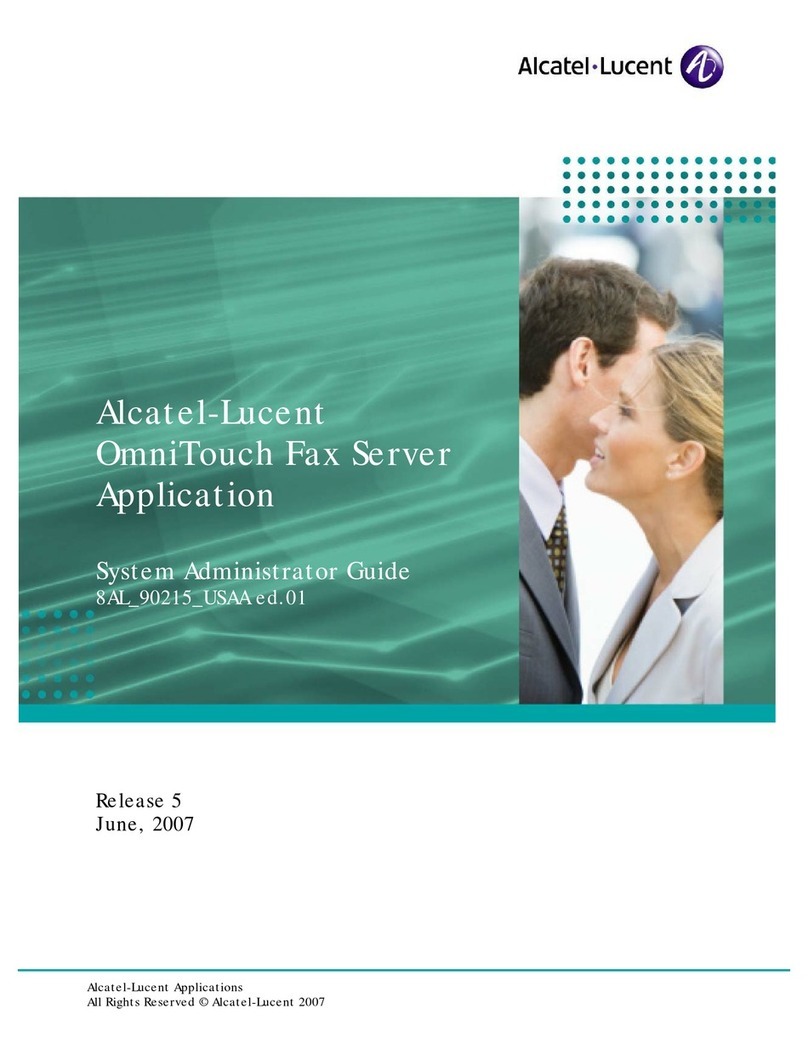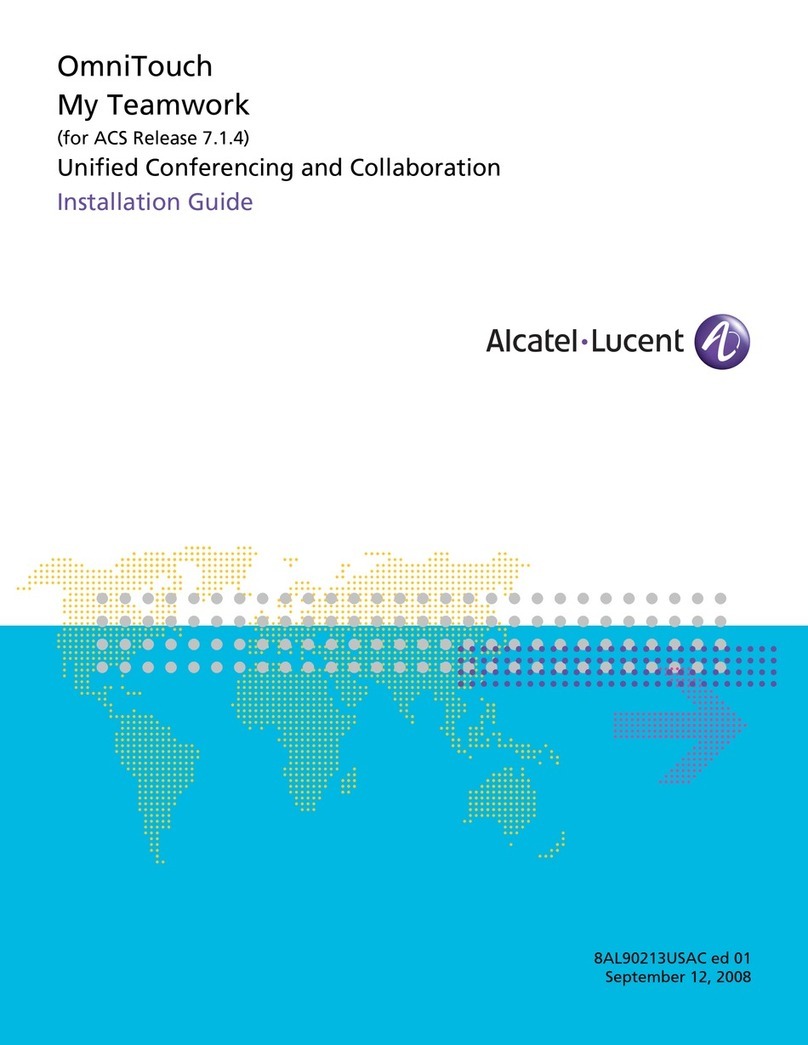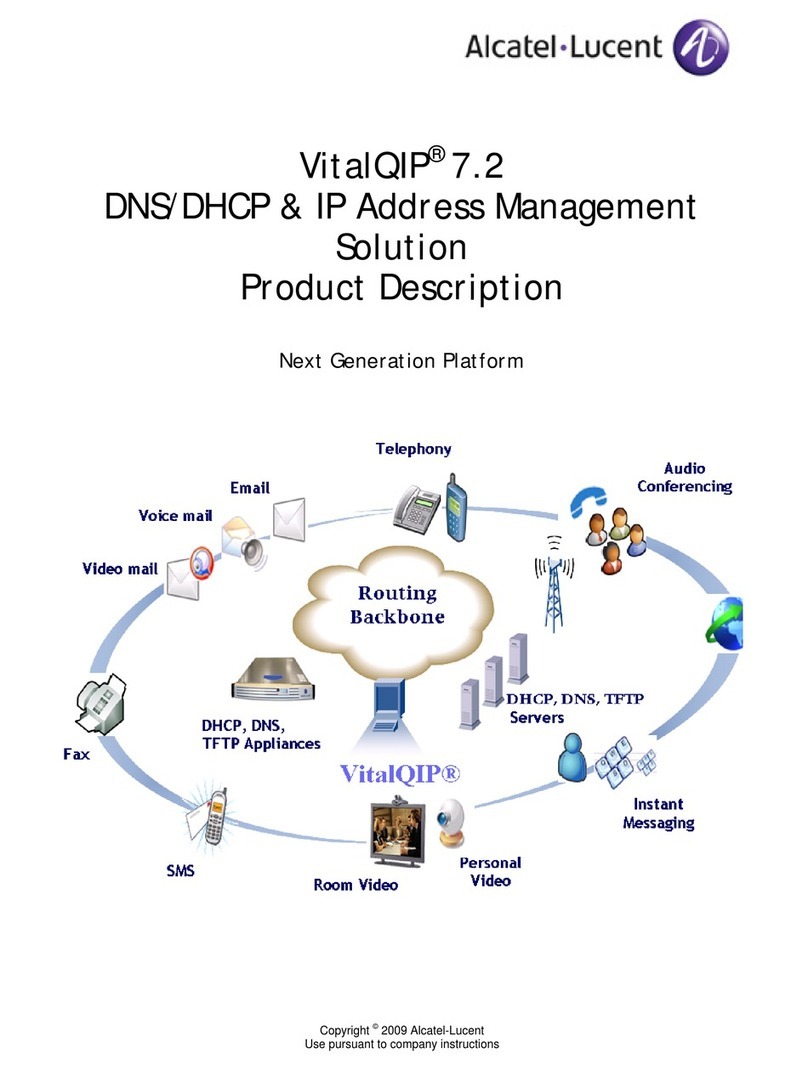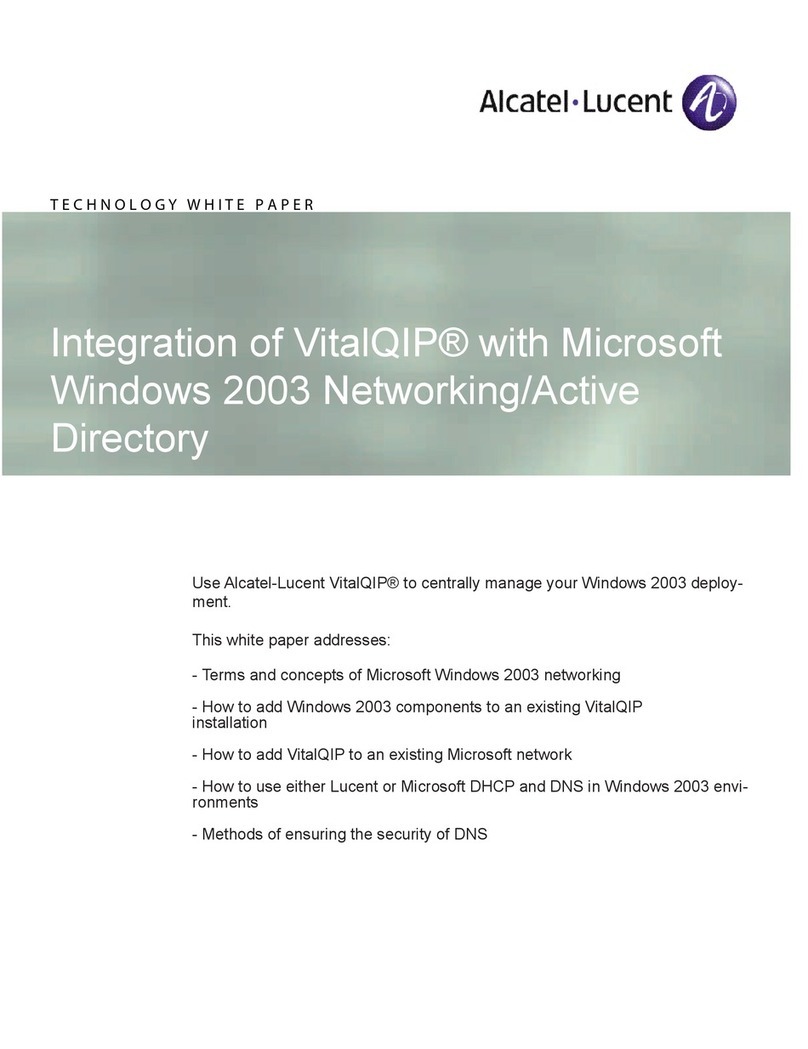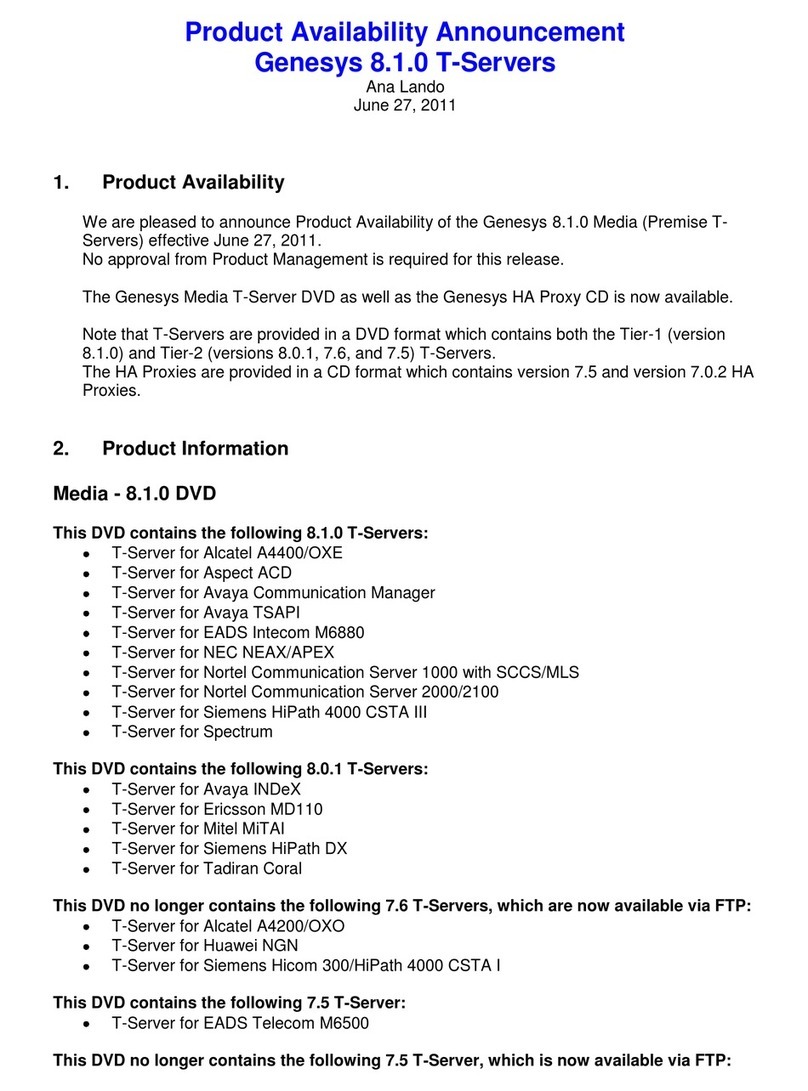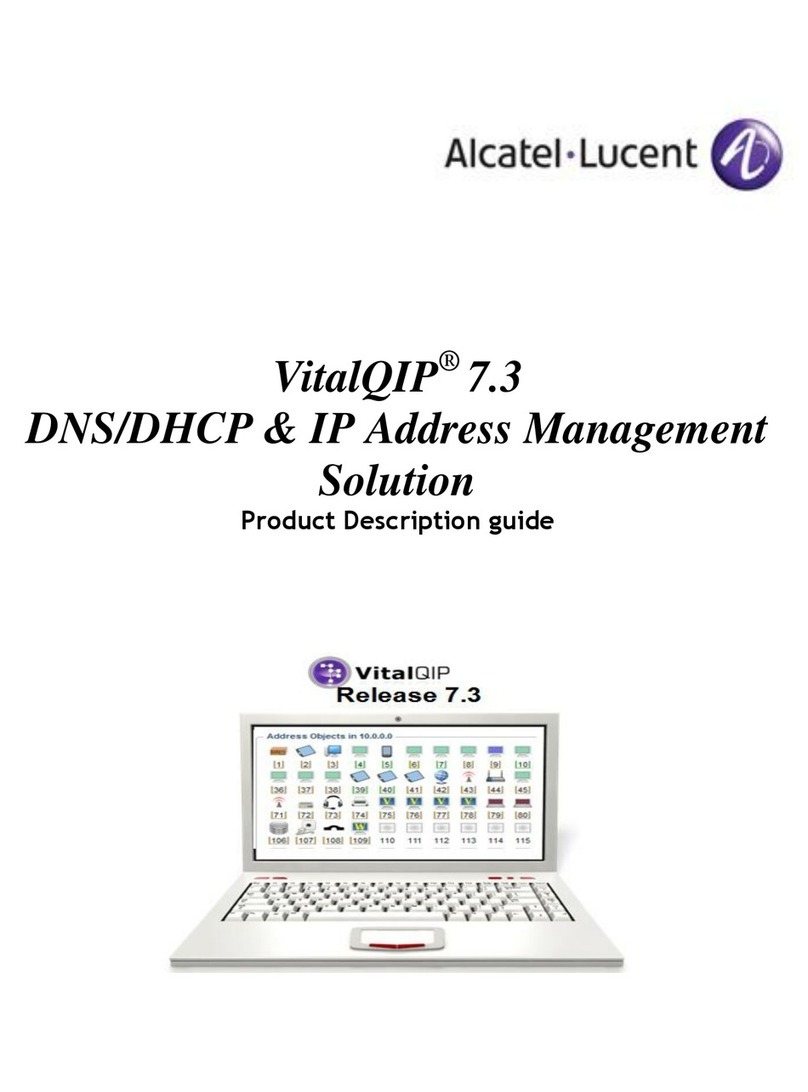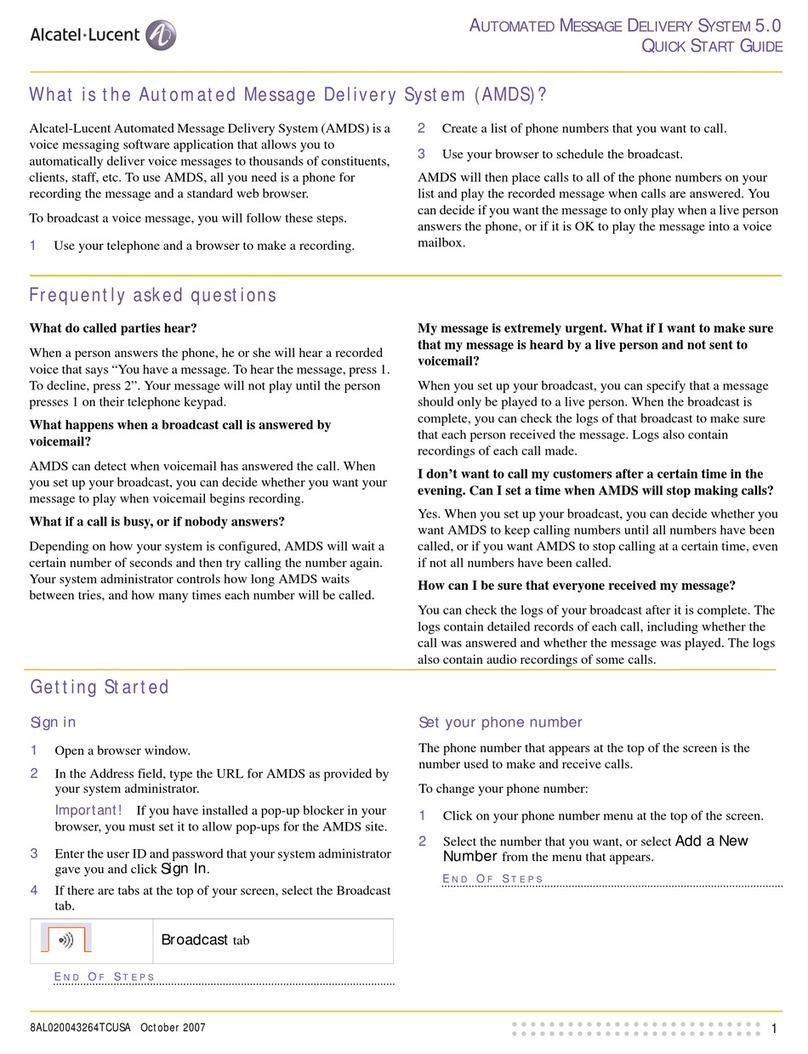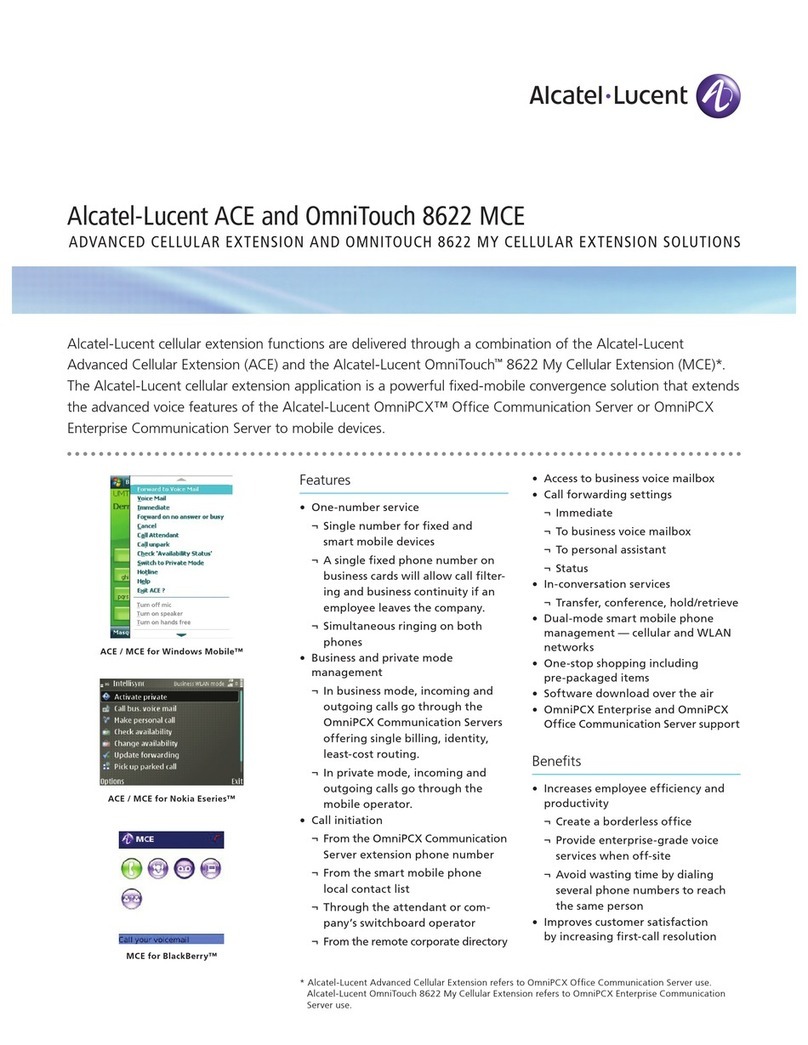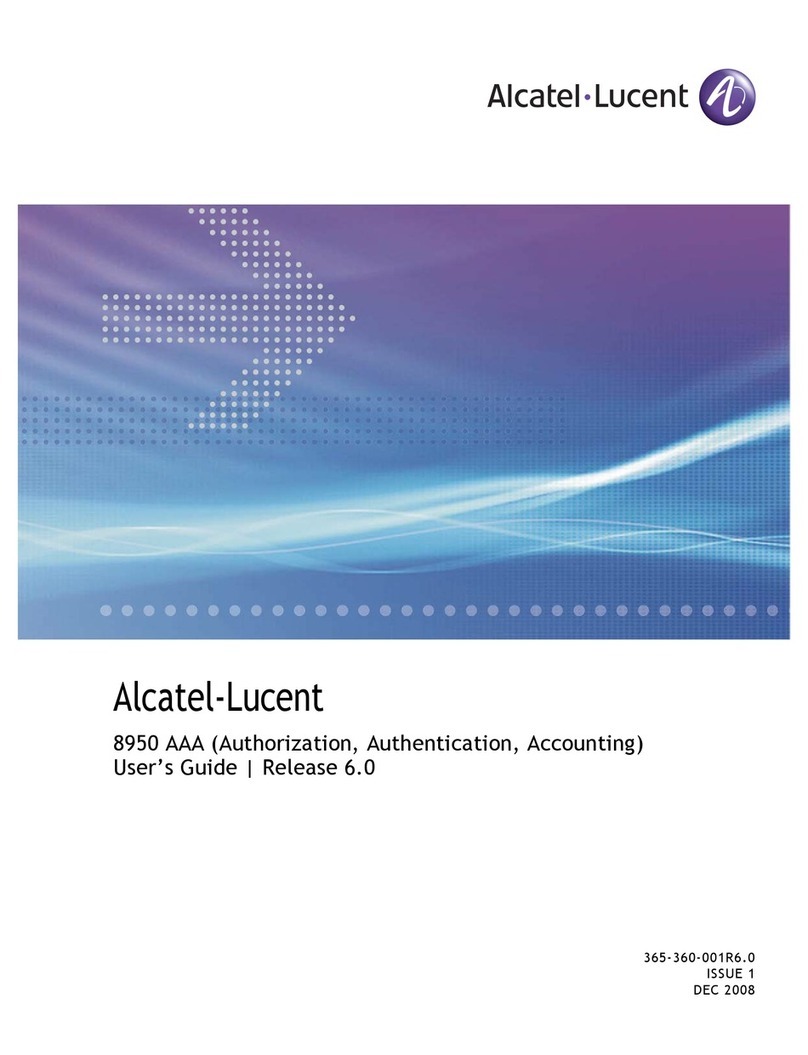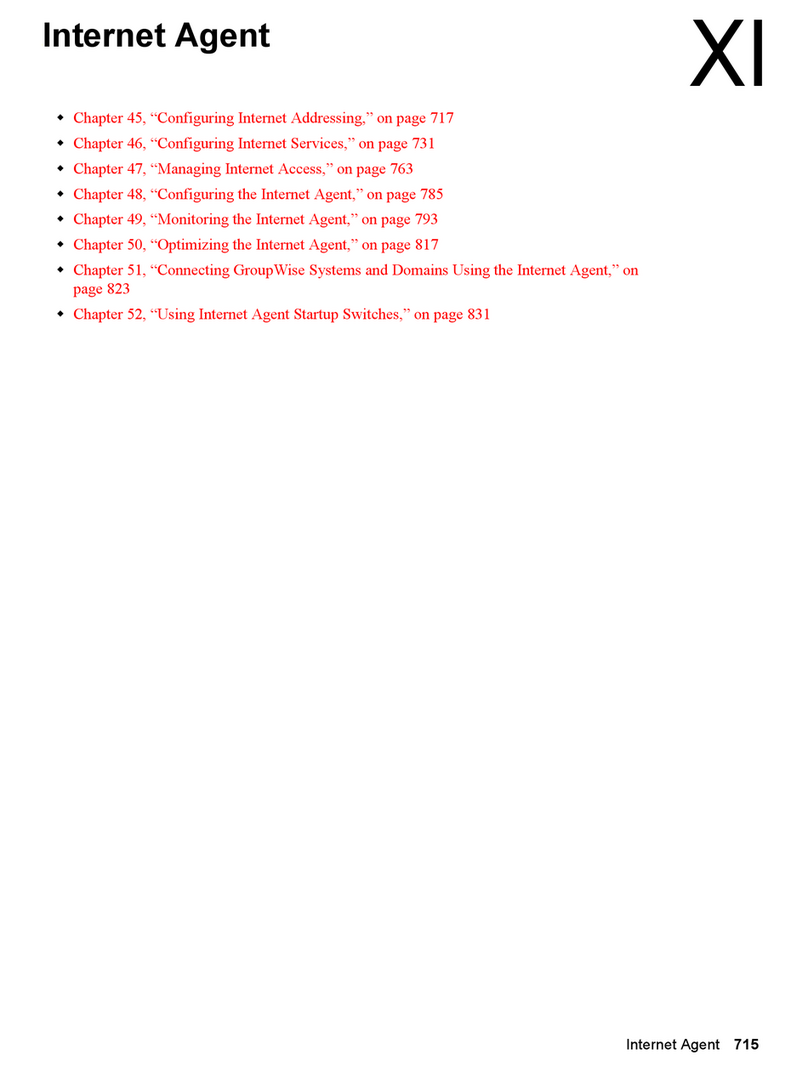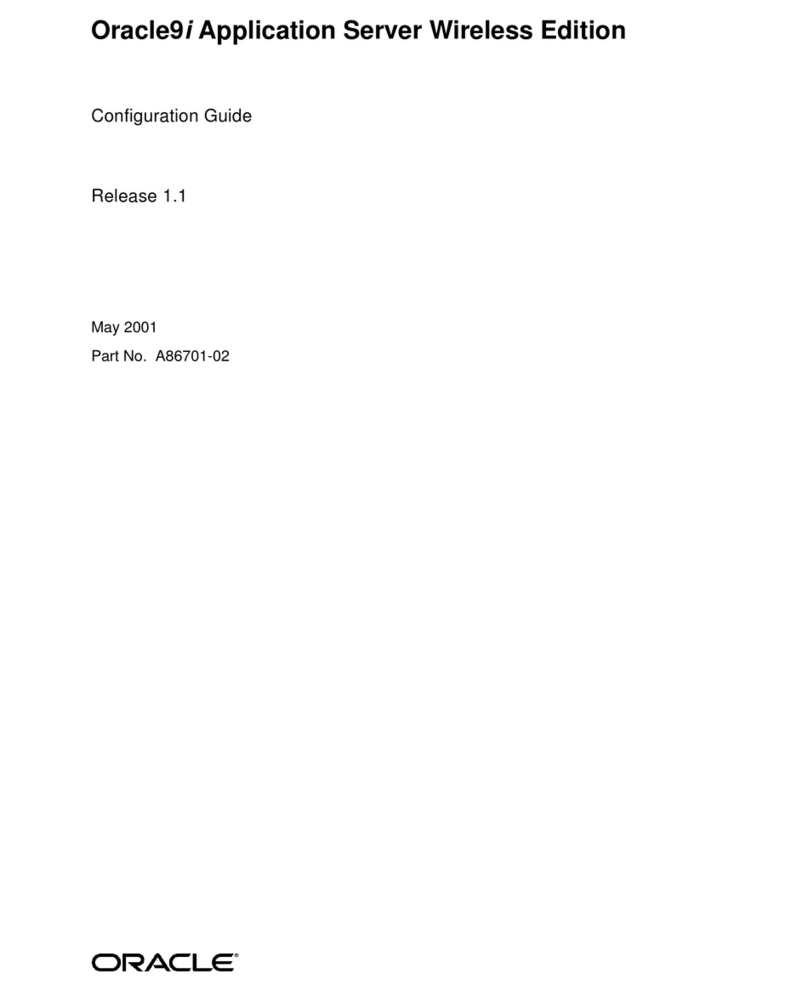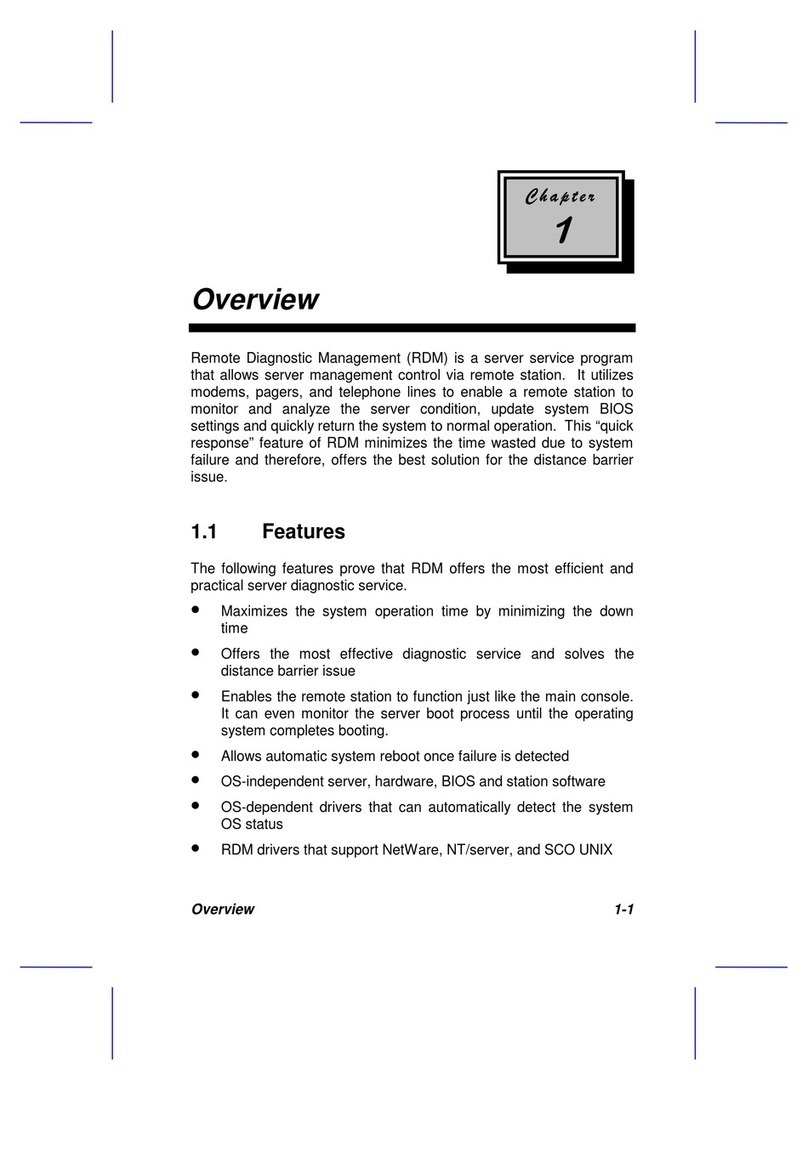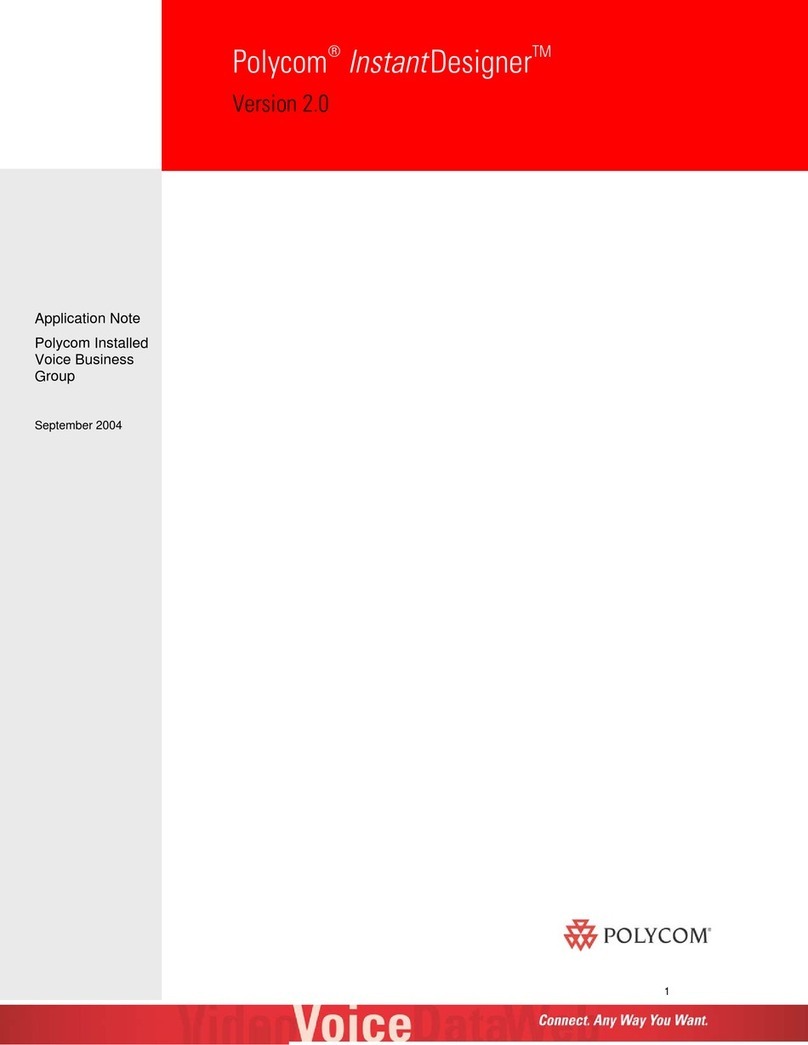
Are offline order conflict resolutions
costing your company too much
time and money? Do you dedicate
too many employees to manually fixing
service exceptions? Does slow resolution
result in customer churn and stiff penalties for
not meeting service level agreements (SLAs)?
Do inefficient order processes slow down
your introduction of new products and
services and negatively impact Average
Revenue Per User (ARPU)?
If so, you are not alone. Most communications
service providers are experiencing these same
challenges. Service providers must compete in
a dynamic and competitive business.To succeed,
your order handling and service exception
management processes should be as efficient as
possible. However, these processes are difficult
to manage because of poor resource visibility
and efficiency during the multiple handoffs
and numerous interactions with various infor-
mation sources before resolution.
As a result of order handling and service
exception management inefficiencies, chal-
lenges are mounting for service providers:
Soaring Operational Costs > —The
notion of straight-through processing
represents the ideal to which many
communication companies strive.
However, front- and back-office order
fallout requiring costly manual interven-
tion is happening more frequently as
communications companies are rolling
out more and more services that add to
complexity and transaction volume.
High Customer Churn > —Annual churn
rates for telecommunications companies
average between 10% and 67%.Customers
today regard communications services as
a commodity and change providers for
many reasons, including poor service and
expensive rates. Service exceptions cause
delays that lead to customer dissatisfaction
and contribute to increases in operational
costs that make it difficult for the service
provider to remain price competitive.
Frequent SLA Violations > —
Communications companies often have
very short time windows for meeting
SLA requirements. Expensive SLA viola-
tions repeatedly occur because service
providers lack the real-time and compre-
hensive ability to identify which orders
are about to miss SLAs, and they lack the
ability to adjust work assignments quickly
enough to prevent violations.
Delayed Product and Service Rollouts >
—The communications industry is char-
acterized by new and converging products
and services. However, inflexible and inef-
ficient order handling and service
exception management processes make it
difficult to realize ARPU potential and to
keep up with demand without adding
additional resources that erode profits.
A Real-time Advantage
Clearly, the challenges you face are significant,
but Genesys can help.
Our intelligent Workload Distribution (iWD)
can decrease processing times, streamline
workers’ inbox demands, lower operational
costs associated with these activities and —
most importantly — improve customer loyalty.
iWD works in concert with existing enter-
prise software applications such as ERP, BPM,
and CRM, as well as homegrown legacy
systems, to create a single,global task list, which
is sorted based on your rules of business value.
Only with a global task list can the enterprise
ensure that the right resources, regardless of
location, are proactively receiving the most
critical or highest value tasks, regardless of
media-type or system, at the right time and
right location. Efficiently managing customer
requests requires an understanding of the
business context of the request. For example,
the associated business process,product requested,
or value of the customer making the request are
important criteria for calculating and routing to
the right resource based on business value.
Business Solution Brochure: Genesys intelligent Workload Distribution for Communications | page 2
Key Capabilities of iWD:
Real-time presence of the >
availability of resources
Dynamic distribution of >
workload
Virtualization options for the >
organization
Business value-based prioriti->
zation and distribution of work
Genesys iWD Benefits:
Manages and optimizes >
resources by determining
common employee skills and
prioritizing workloads, which
helps improve customer
service while reducing
expenses
Increases operational control
>
and efficiency across the
enterprise, which lowers costs
Enables the centralized distri-
>
bution of work from multiple
systems, which provides more
complete information and a
single view of all tasks, and
allows for improved employee
efficiency and more informed
decision making



